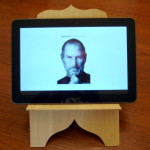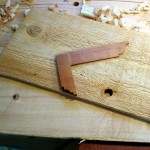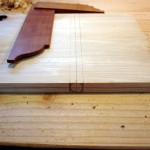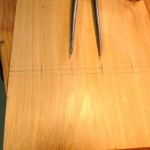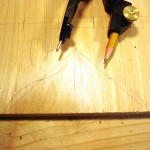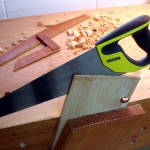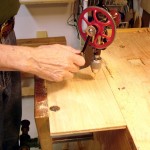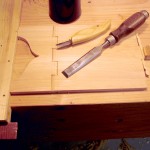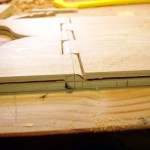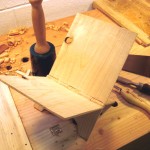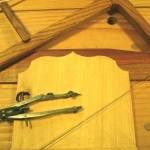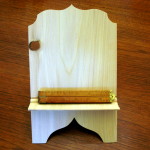Too often it seems …
 When I’m browsing blogs about various kinds of woodworking, I read the “About” blurbs for the authors and find things like “I’m environmentally responsible,” or “I use only sustainable wood,” or some such nonsense. Things like that trigger my “I’m outta here!” response.
When I’m browsing blogs about various kinds of woodworking, I read the “About” blurbs for the authors and find things like “I’m environmentally responsible,” or “I use only sustainable wood,” or some such nonsense. Things like that trigger my “I’m outta here!” response.
Shannon Rogers reached the point where he decided to write an article with exactly the same title as this post. Besides being the woodworker and online teacher we know him for, his day job is at a very highly respected hardwood lumber company. So, he knows of what he speaks when he talks about the very obvious sustainability of wood. Wood is one of the most renewable resources in the world. As Shannon says, “It’s already green!” “It grows on trees!”
Markets and international trading systems have matured tremendously from what they were 150 years ago when Honduras ruined it’s precious mahogany resource, or only 70 years ago when the Phillipines did exactly the same, destroying not only a source of income, but their watershed and hydro power generation capability by over harvesting.
Shannon points out that we have more forested land on the planet now than we had 50 years ago and that every species is being renewed, some a little faster than others, and that the more we use it, the more demand, and hence the more it will be renewed.
Shannon is also very generous in suggesting that the people like those I mentioned in the first paragraph are simply misinformed and have been fed “stupid falsehoods.”
Go read it. It’s one of the best things you’ll read today! “Stop Apologizing for Using Wood” by Shannon Rogers.
photo credit: Creative Commons: Christopher Schoenbohm, 2011
PS: For all you out there who regret owning Gibson guitars, with supposedly contraband fret boards, let me know. I’ll buy them at prices that will afford your consciences appropriate penance, especially goldtop and deluxe Les Pauls.
